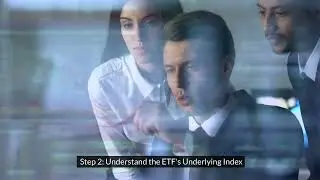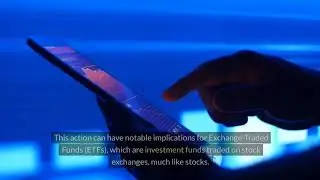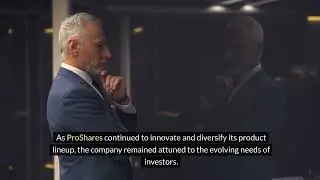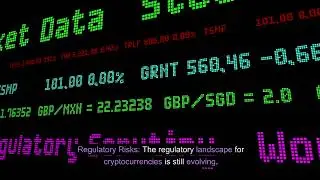How
How Stock Splits Affect #Index and #Active-Based #ETFs
Stock splits are a common corporate action undertaken by companies to adjust their stock prices. While the intrinsic value of the company remains unchanged, the number of shares outstanding increases, and the price per share decreases accordingly. This action can have notable implications for Exchange-Traded Funds (ETFs), which are investment funds traded on stock exchanges, much like stocks. ETFs can be broadly categorized into index-based and active-based.
A stock split occurs when a company increases the number of its shares to boost the stock's liquidity. For example, in a 2-for-1 stock split, a shareholder with one share worth $100 before the split will own two shares worth $50 each after the split. The total value of the investment remains the same, but the number of shares increases. Index-based ETFs aim to replicate the performance of a specific index, such as the S&P 500 or the NASDAQ-100. These ETFs hold a portfolio of stocks that mirror the components and weightings of their target index. Impact of Stock Splits on Index-Based ETFs:Automatic Adjustments: When a company within an index undergoes a stock split, the index provider automatically adjusts the index to reflect the change in the stock's price and share count. Consequently, the index-based ETF, which aims to replicate this index, will also adjust its holdings. For example, if a company in the S&P 500 executes a 2-for-1 split, the number of shares held in the ETF will double while the price per share will halve, leaving the overall value unchanged. Portfolio Rebalancing: The ETF managers will rebalance the portfolio to ensure that the ETF continues to accurately track the index. This may involve adjusting the weightings of the stock that has split to maintain the correct proportions within the ETF. The goal is to ensure that the stock split does not affect the ETF's ability to track the performance of the index. Liquidity and Trading: Stock splits often lead to increased liquidity in the underlying stock due to the lower price per share, making it more affordable for individual investors. This increased liquidity can be beneficial for the ETF, as it may result in tighter bid-ask spreads and more efficient trading. Active-Based ETFs Active-based ETFs are managed by portfolio managers who make investment decisions based on research, analysis, and market conditions. Unlike index-based ETFs, they do not aim to replicate a specific index but rather to outperform it. Impact of Stock Splits on Active-Based ETFs:Managerial Decisions: In the case of a stock split, the portfolio manager of an active-based ETF has to decide how to adjust the fund's holdings. Unlike index-based ETFs, these adjustments are not automatic. The manager might choose to buy, hold, or sell shares of the stock based on their analysis and the fund's investment strategy. Strategic Rebalancing: The decision to rebalance the portfolio post-split depends on the manager's outlook on the stock. If the manager believes the stock is undervalued post-split, they may increase the fund's exposure to it. Conversely, if the stock is deemed overvalued, the manager might reduce its weighting or sell it off entirely. Impact on Performance: The impact of stock splits on active-based ETFs can vary. If the portfolio manager correctly anticipates the market reaction to the stock split and adjusts the portfolio accordingly, it could enhance the ETF's performance. However, incorrect predictions or delayed responses can lead to underperformance relative to the market. Index-Based ETF Example: Consider an S&P 500 index ETF. If a large-cap company like Apple undergoes a 4-for-1 stock split, the index will adjust Apple's weight, and the ETF will follow suit. The ETF's price and performance will reflect these changes without any significant impact on investors' holdings or the ETF's expense ratio. Active-Based ETF Example: Imagine an actively managed technology sector ETF. If a tech company like Tesla announces a 5-for-1 stock split, the fund manager might analyze market trends, investor sentiment, and Tesla's fundamentals before deciding how to adjust the fund's holdings. The manager’s decision could significantly impact the ETF's performance, positively or negatively. In summary, stock splits impact index-based and active-based ETFs differently. For index-based ETFs, adjustments are automatic and aim to maintain accurate tracking of the underlying index. For active-based ETFs, the portfolio manager's decisions play a crucial role in determining how the fund responds to stock splits. Understanding these dynamics can help investors make informed decisions when investing in ETFs. Stock splits generally lead to increased liquidity and can make stocks more attractive to retail investors. #nvidia #nvda































